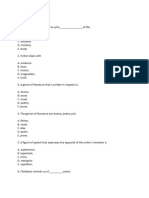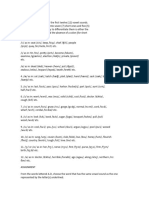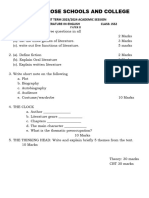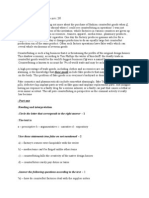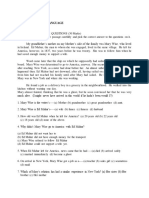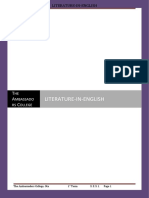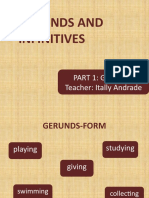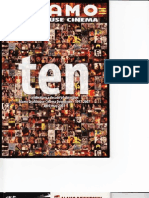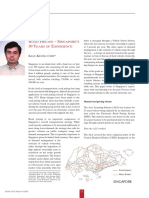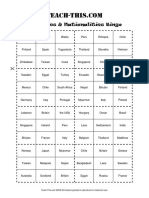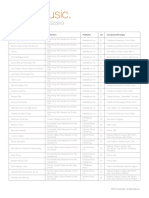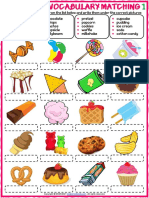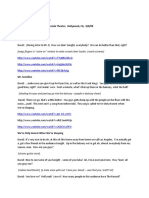0% found this document useful (0 votes)
2K views4 pagesLiterature Exam jss3 2nd Term
The document is a literature examination for JSS3 students at Zion Academy Minna, consisting of objective questions and theory sections. It covers various literary devices, figures of speech, and definitions related to literature. Students are instructed to answer all objective questions and select three theory questions to respond to.
Uploaded by
Isaac HussainiCopyright
© © All Rights Reserved
We take content rights seriously. If you suspect this is your content, claim it here.
Available Formats
Download as DOCX, PDF, TXT or read online on Scribd
0% found this document useful (0 votes)
2K views4 pagesLiterature Exam jss3 2nd Term
The document is a literature examination for JSS3 students at Zion Academy Minna, consisting of objective questions and theory sections. It covers various literary devices, figures of speech, and definitions related to literature. Students are instructed to answer all objective questions and select three theory questions to respond to.
Uploaded by
Isaac HussainiCopyright
© © All Rights Reserved
We take content rights seriously. If you suspect this is your content, claim it here.
Available Formats
Download as DOCX, PDF, TXT or read online on Scribd
/ 4





